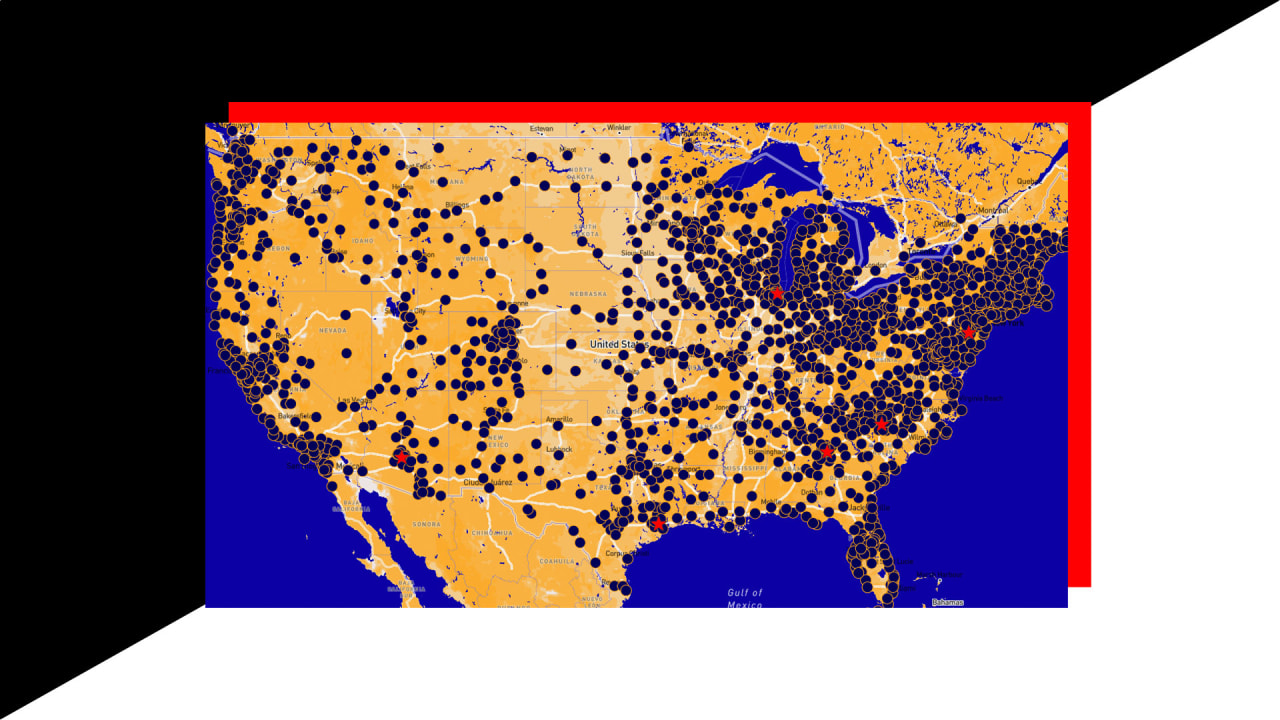Why the ‘holidaze’ is actually a good thing

Anyone who claims they haven’t felt the seductive pull of social plans interrupting their focus at work isn’t being completely honest.
It’s something we all succumb to, especially in the summer months when nearly half of employees admit to feeling less productive at work. The lure of longer days, vacation plans, and social distractions can send managers into a spin about delivering at reduced capacity and facing a seasonal slowdown in outputs.
But the summer “holidaze” isn’t a threat to workplace performance. It’s an opportunity.
Tightening deadlines or demanding more in-office time might seem like solutions to keep teams in shape over summer. But they often backfire, fueling burnout, presenteeism, and resentment that lingers long after summer fades.
Instead, smart managers use this time to rethink how work gets done. Leaders who embrace the summer rhythm, seek opportunities to innovate, and improve processes can unlock new ways to boost team morale and productivity.
By shifting the focus from hours logged to outcomes delivered, leaders can create agile, resilient teams—and drive productivity well beyond August.
Consider the following tool kit for turning the summer “holidaze” into a season of smart, sustainable success.
What are you working with?
Start with your most valuable resource: people.
To manage effectively during the summer months, keep clear, accessible records of who’s in and out of office. This allows you to set realistic expectations and plan accordingly when operating at reduced capacity. Pair this with a smooth handover process to ensure ongoing momentum, even when team members are away.
Encouraging staff to spread their vacation time across the year—rather than clustering it in summer—can help avoid bottlenecks. It also supports long-term well-being: research shows that workers who don’t evenly space paid time off take an above average number of sick days in a typical year. By contrast, taking regular breaks leads to happier and more productive workers who are at lower risk of burnout.
Understand your power tools
Summer is an ideal time to rethink the tools that drive productivity. If you haven’t already, consider establishing a clear AI usage policy that guides employees on safe and responsible use of AI tools like ChatGPT and Claude.
Large language models are great at streamlining repetitive tasks, freeing up your team to focus on higher-value strategic and creative work, which can be invaluable when operating with a skeleton team. But these tools are most effective when deployed consistently, confidently, and strategically. This is something a clear internal policy and robust AI training can support.
Own the summer
Let’s face it: summer can be inherently disruptive. With people in and out on leave and children off school for the holidays, project timelines can slip and energy levels dip. Instead of resisting the seasonal rhythm, smart managers lean into flexibility—and still get great results.
Companies like Pfizer, IBM, and Viacom are among the many companies offering staff “summer hours,” early-finish Fridays, or added autonomy over working hours during the summer months. These approaches don’t just boost morale, they’ve been shown to significantly improve overall well-being and employee experience.
Balance increased flexibility with intentionality on work days. If you’re running with a leaner team, get ruthless about your priorities. Decide what really needs to happen, communicate it clearly, and give your team the space and support to deliver. Effective planning beats reactive overwork every time and will enable you to do more with less.
“Soft-reset” September
No matter how old we get, September still carries that “new school year” energy. For working parents, it often marks the end of summer chaos and the return of routine. For everyone else, it’s a natural opportunity to reset.
Use the summer as a low-stakes testing ground. Test out new ways of working with AI, pilot bold productivity strategies, trial half-day Fridays, explore streamlined workflows that cut out unnecessary admin. Then, come September, take stock. What worked? What didn’t? What should stay? A thoughtful summer sets you up for a sharper, more focused fall.
Turn it off and get outside
At the heart of summer productivity is rest. All too often, employees don’t get enough of it.
Initiatives like summer hours are only effective if people truly disconnect. If staff are logging off at 3 p.m. but back online at 9 p.m., the benefits are lost.
That’s why a formal “Right to Disconnect” policy matters. It encourages genuine rest, reinforces boundaries, and shows staff that their time off is respected.
This only works when it’s modeled from the top. Leaders who visibly unplug over the summer give their teams permission to do the same.
Ultimately, productivity and well-being aren’t at odds—they’re interdependent. A summer spent optimizing for both builds a team that’s energized, resilient, rested, and ready to take on the months ahead.
What's Your Reaction?
 Like
0
Like
0
 Dislike
0
Dislike
0
 Love
0
Love
0
 Funny
0
Funny
0
 Angry
0
Angry
0
 Sad
0
Sad
0
 Wow
0
Wow
0






























































































